Behind Every Great Lap Time, There’s an Even Greater Chronograph.
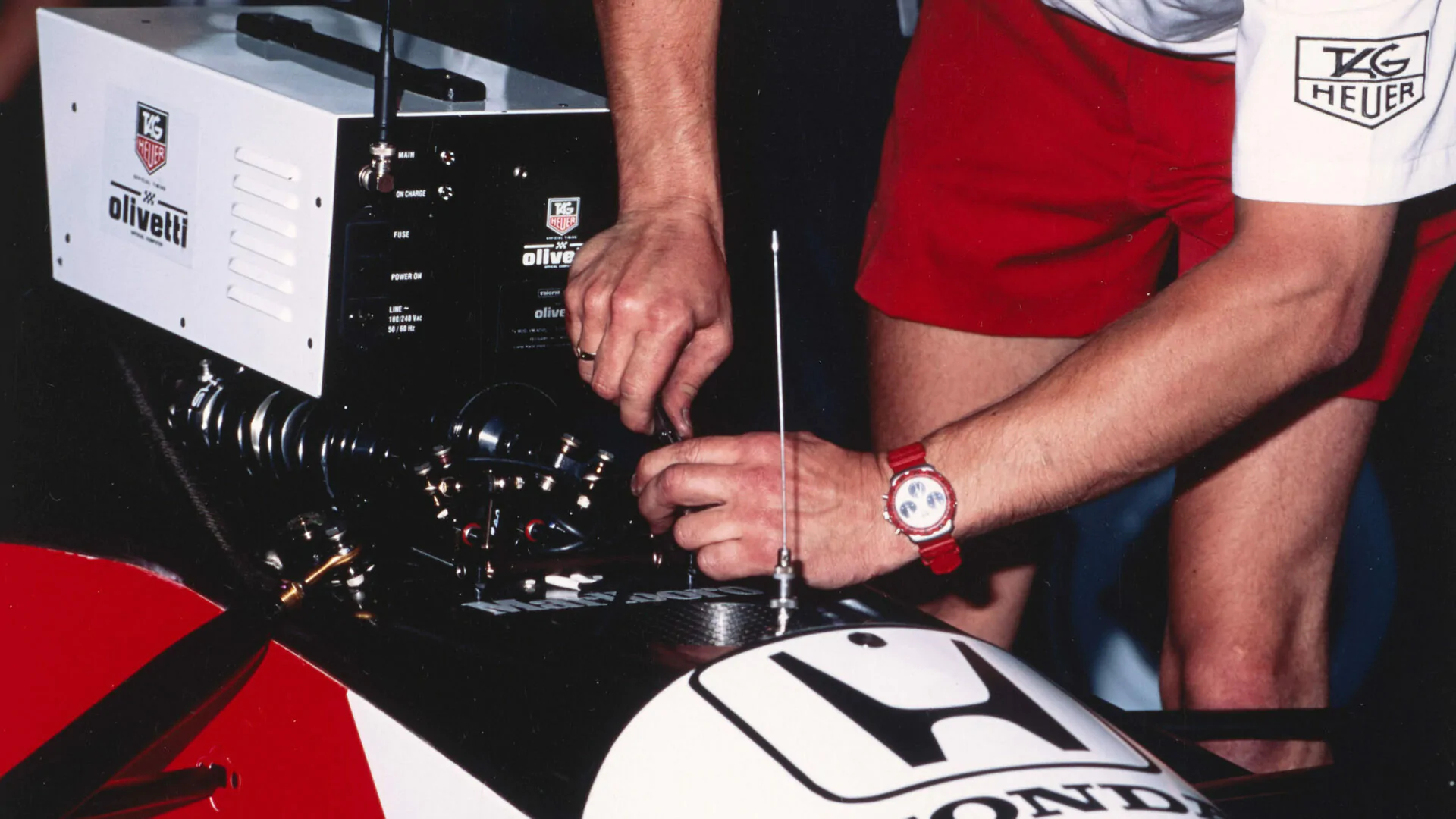
If you read all our previous articles in the In Play series, you’d have surely deduced that brand involvement/marketing strategy (placement, alignment) is mostly, if not integrally, psychological warfare.
We’ve covered tennis, golf, and equestrian sports, with each exploring how watches operate within their worlds. And came to conclude that they don’t mean the same thing across disciplines. In tennis, they represent ascendancy. In golf, tradition. In saddlesports, the social code. But something’s been left unsaid. Or maybe just delayed. And a hunch tells me you share my feeling, too dear reader? Hopefully, or else I’ll seem like a delusional fool.
Since we talked about horses, let’s pivot towards something more passionate, less coded, and that still involves horsepower: the FIA Formula One World Championship—or, more commonly known, Formula 1.
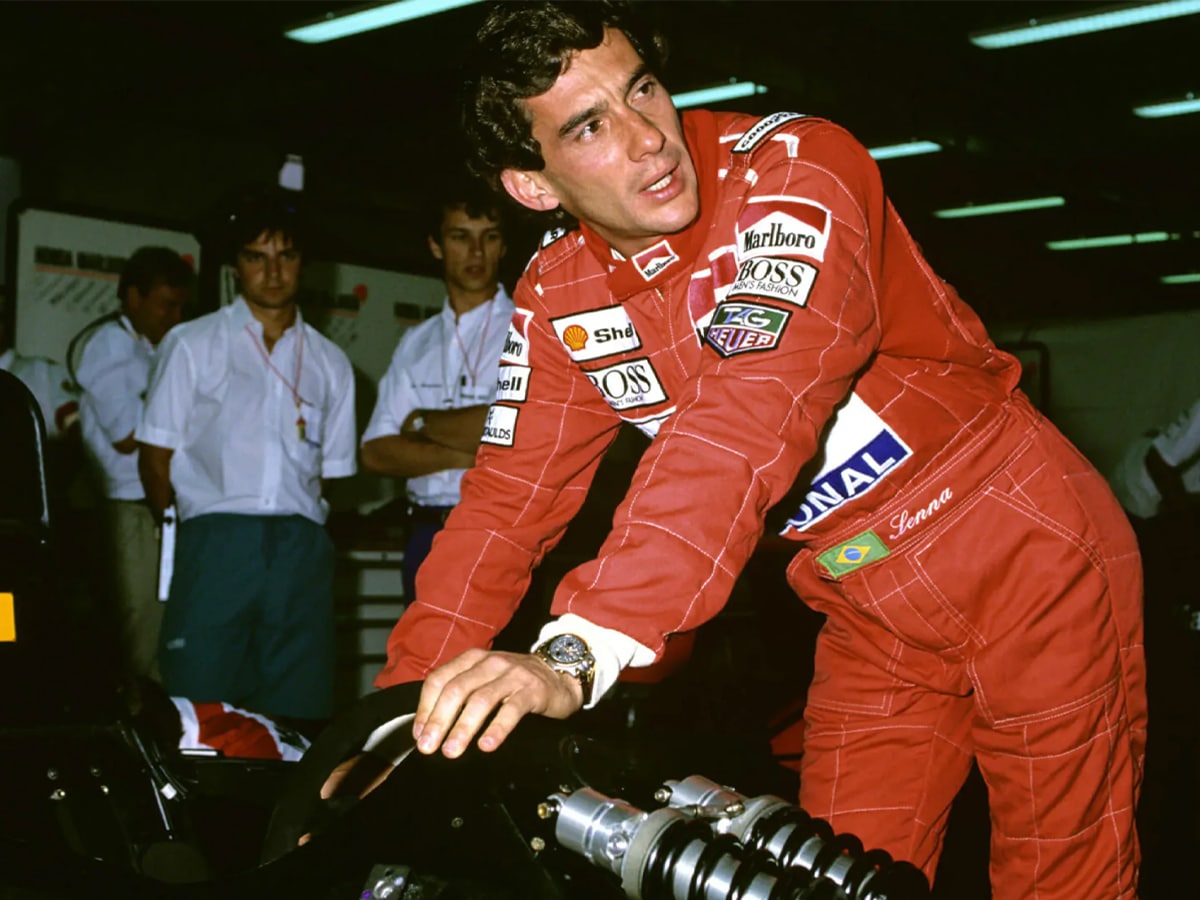
Whereas in the previously mentioned sports, everyone has to keep it mindful and demure to a certain extent, F1 plays by a totally different logic.
Because really, why would you want to be subtle while sharing the grid with 20 V6 turbo hybrid engines that blast at the same volume as jet engines? (130 decibels. I’ve checked. I’m just as shocked as you are). Watches can be as loud and flashy as they want—nothing they do will ever out-boom the cars.
The rules here are so different that the watch brand dominating every other sport doesn’t even run this track. Cough cough, Rolex. It never quite felt at home in F1, even after holding the title of official timekeeper for 13 years. Because it forgot the golden rule:
In F1, the grid doesn’t care about subtlety, and neither do the watches that survive on it. Seeing that the winning watch brand isn’t the most historic—it’s the one that looks like it was built in a wind tunnel or made to withstand 6Gs.
Richard Mille is the perfect specimen that backs up this theory.
Not only are they one of the flashiest watch brands there is, but they landed a collaboration with 2 very notable teams, McLaren (2017) and Scuderia Ferrari (2021).
Their collabs with McLaren and Ferrari aren’t just branded crossovers—they feel like extensions of each team. The 4 McLaren pieces (RM 11-03, RM 50-03, RM 40-01, and RM 65-01 McLaren W1) reflect exactly what the team is known for: pushing limits through materials, keeping things ultra-light, and building with performance in mind. On the Ferrari side, the RM UP-01, RM 43-01 and the new RM 72-01 “Charles Leclerc” are a nod to pure racing heritage—sleek, technical, and unmistakably tied to the brand’s visual and mechanical DNA. It’s design that actually makes sense in the world it’s meant for. And the best part is that these watches aren’t sitting behind glass. They’re actively seen out and about in the grid, on the drivers wrists. All 4 of them. Ultimately fulfilling the finality behind these partnerships, which is gaining visibility.
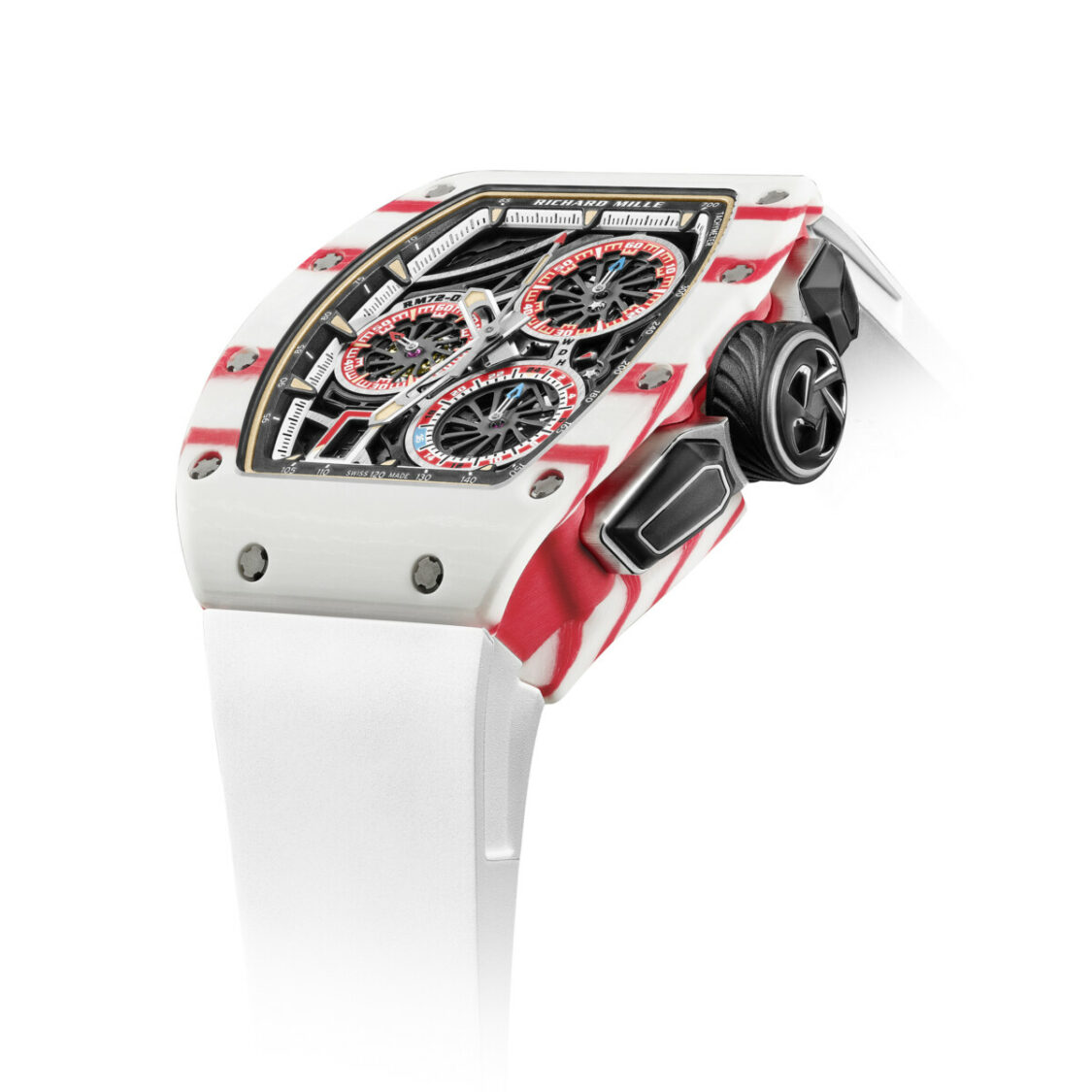
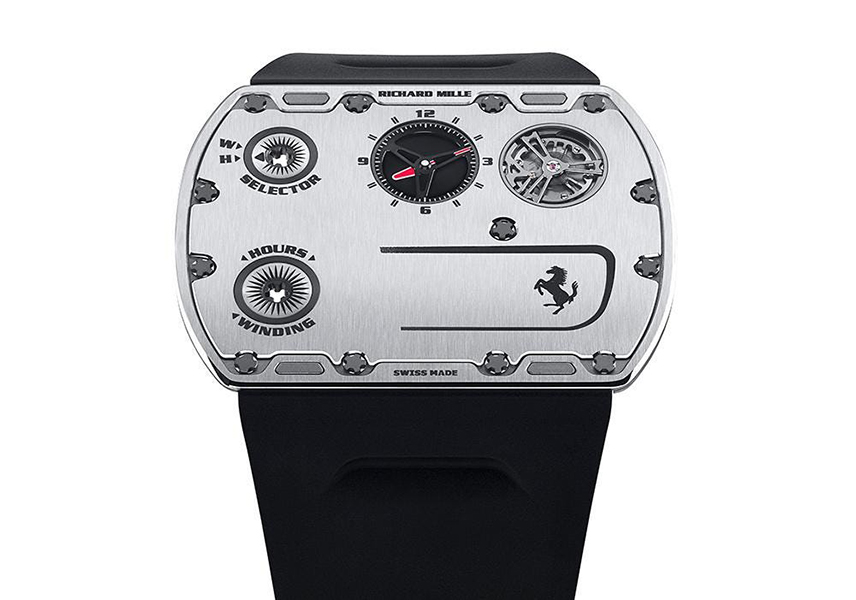
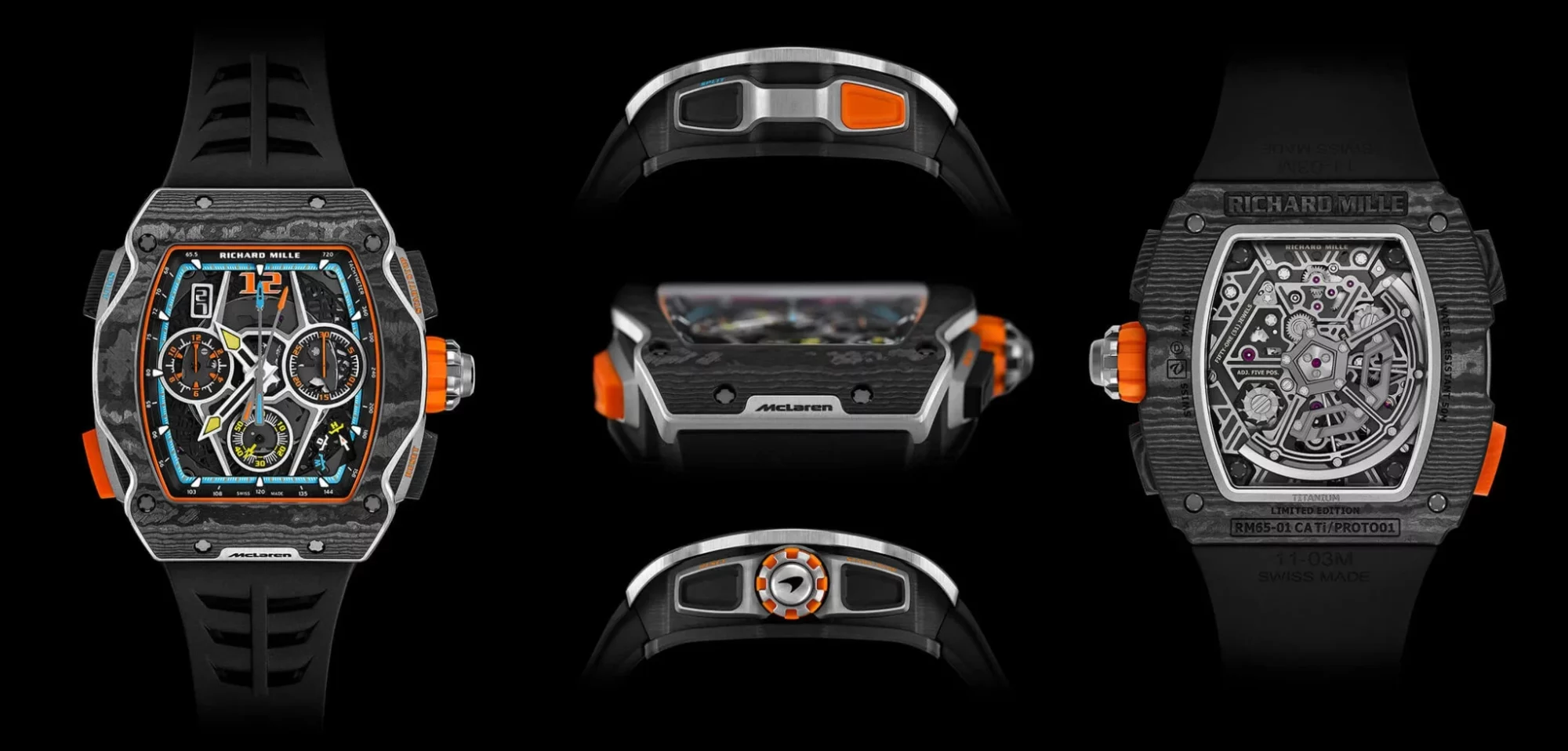
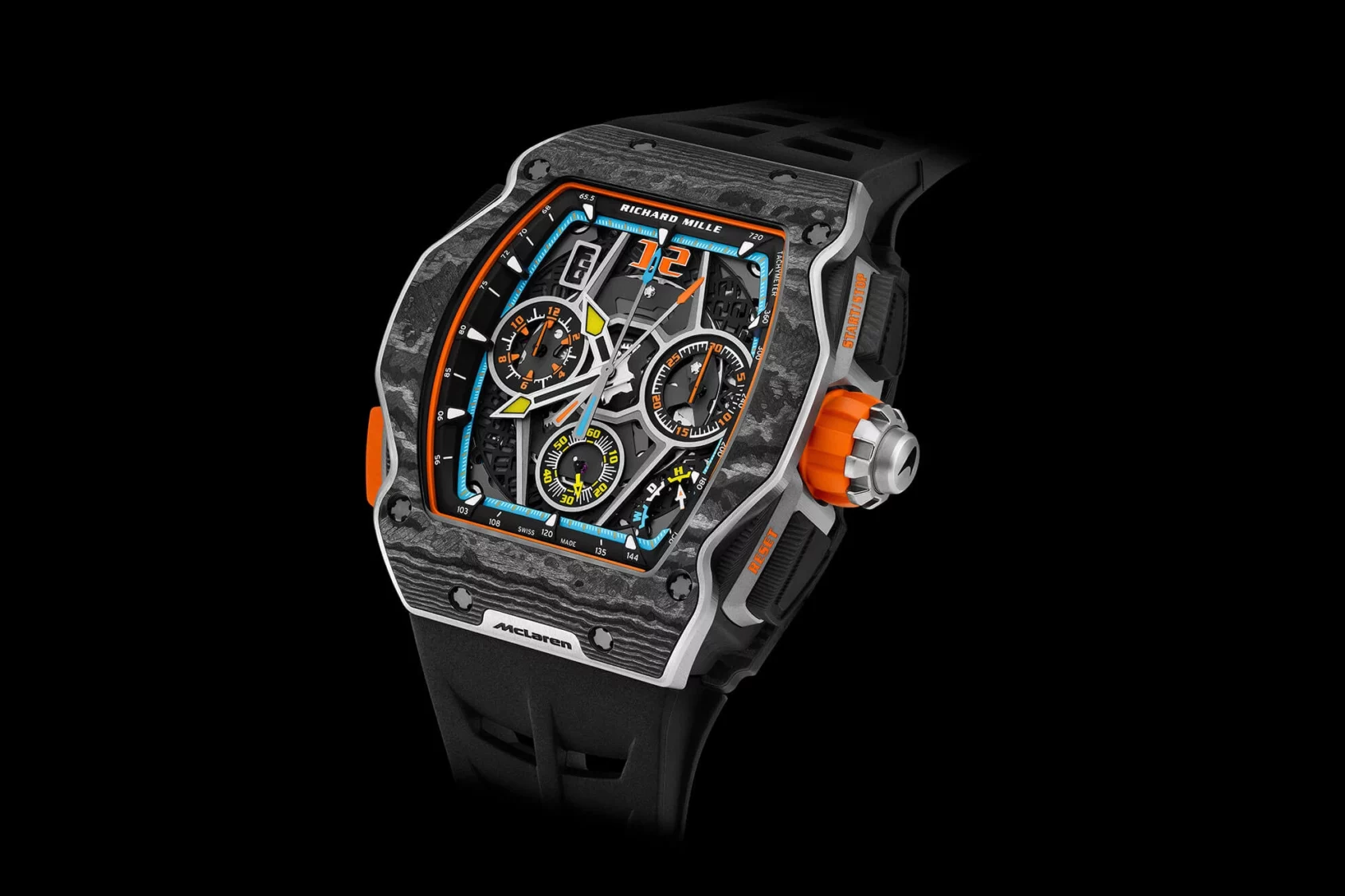
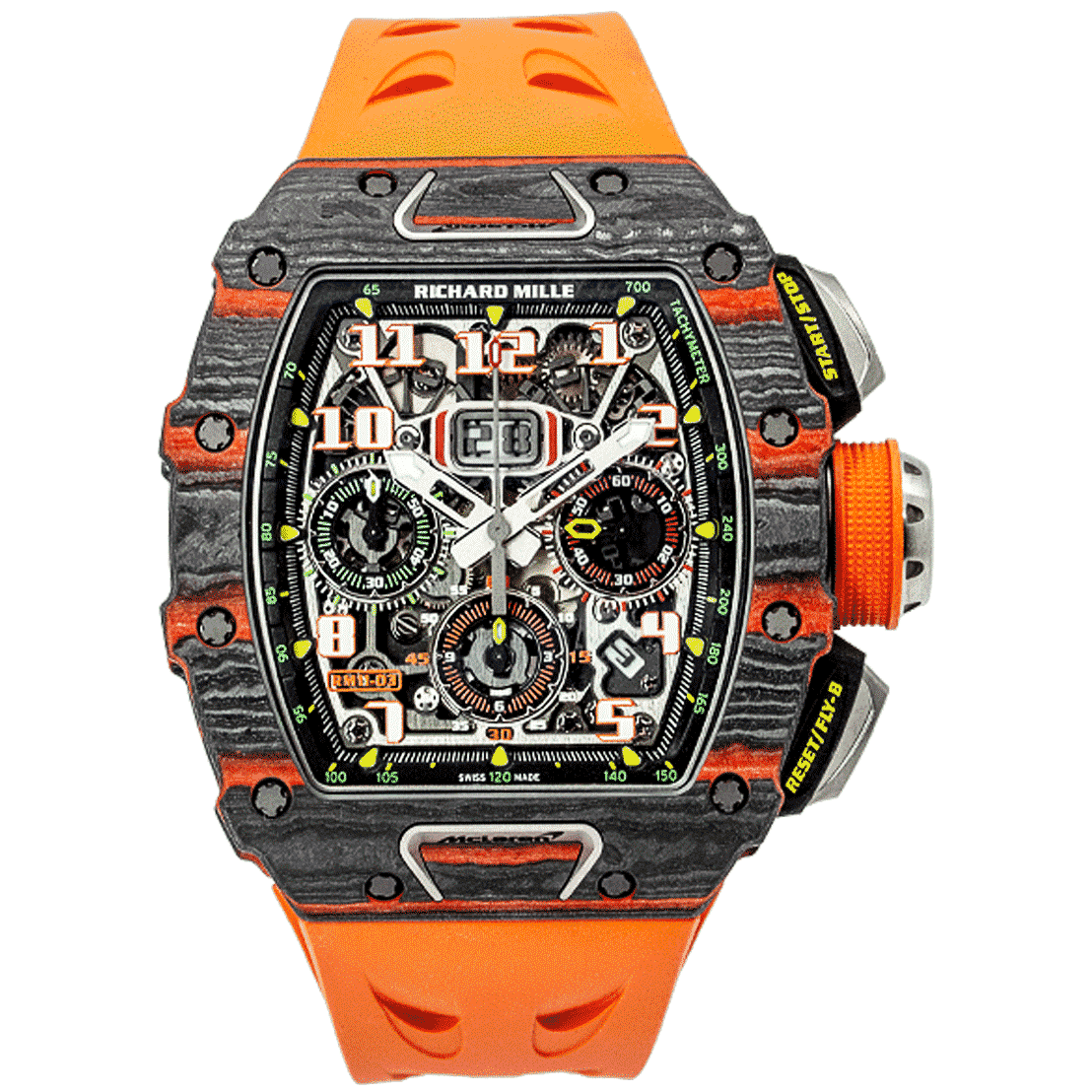
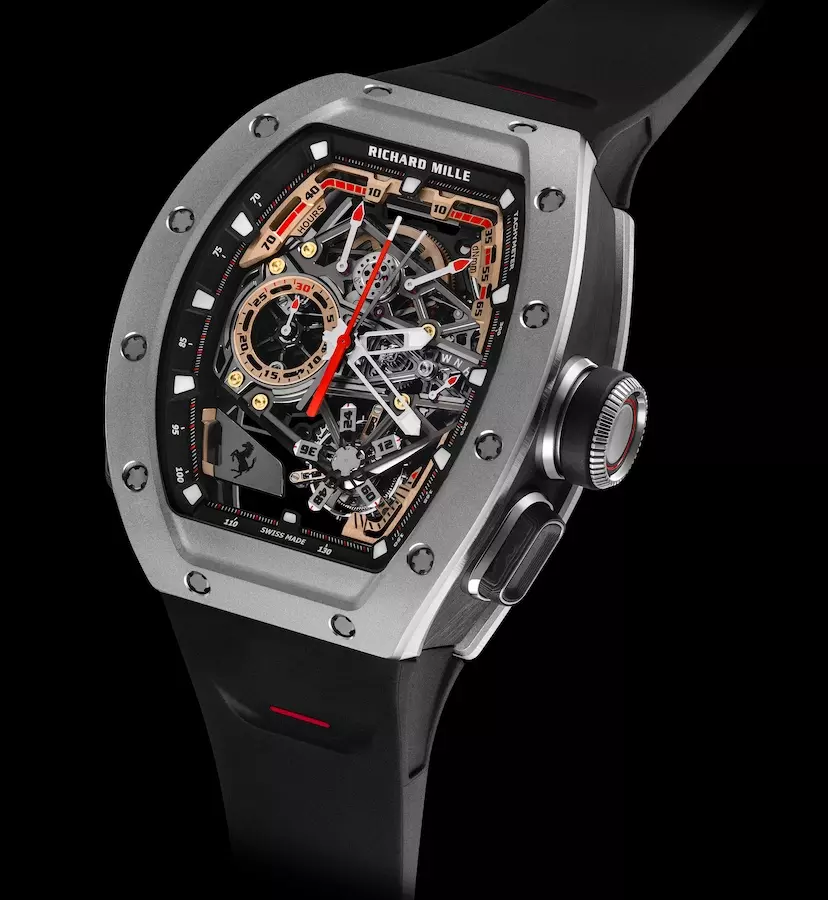
If there’s one brand that’s earned its stripes on the F1 circuit, it’s TAG Heuer.

As they famously served as the sport’s official timekeeper from 1992 until 2003. But their ties to the sport go way back—like 1971 back—when they became the first watchmaker to sponsor a Formula 1 team (Scuderia Ferrari, no less). Back then, they were still just Heuer, and the partnership was more on the actually operational side than being a simple branding move. They supplied trackside timing systems (translation: timing their engine speed/performances)and dashboard chronographs to Ferrari; all of this meant so much to Jack Heuer that he offered their services free of charge. It was a bet on prestige, not profit—and a clever one at that because it paid off. During that era, Ferrari won multiple titles with Niki Lauda behind the wheel, and Heuer became part of that golden narrative.

This sponsorship also gave rise to a few timepieces. The Heuer Carrera 1158 CHN, an 18-karat gold chronograph, was gifted to Ferrari drivers like Niki Lauda and Clay Regazzoni—a highly coveted collector’s item today. Another standout was the Heuer Monza Chronograph featuring a distinctive cushion-shaped case (which kinda reminded me of the Ralph Lauren Western Cushion) introduced in 1976 to commemorate Lauda’s first world title with Ferrari. Named after the emblematic Italian circuit. These watches surpass their intended purpose of just being worn and are real markers of the legacy of this joint venture.
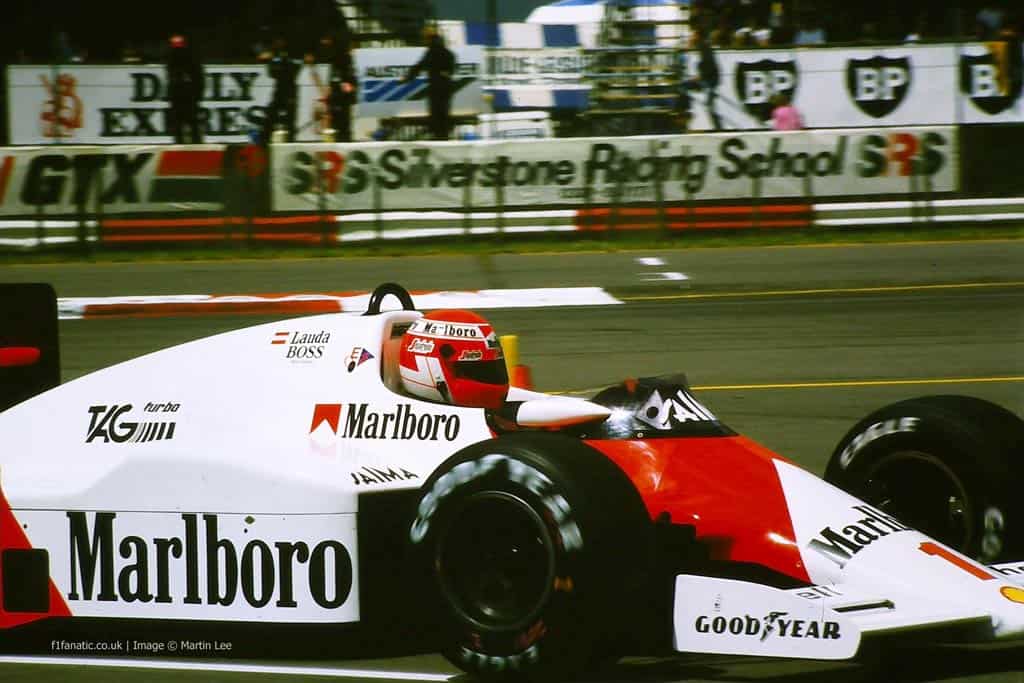

In 1985, after TAG (Techniques d’Avant Garde) Group acquired Heuer, the newly formed TAG Heuer kicked off what would become a legendary 30-year collaboration with McLaren (1985-2015). This partnership spanned the Senna-Prost rivalry, Mika Häkkinen’s championship era, and Lewis Hamilton’s first title in 2008. Their logo was on the suits, the helmets, the tools—not just the cars.
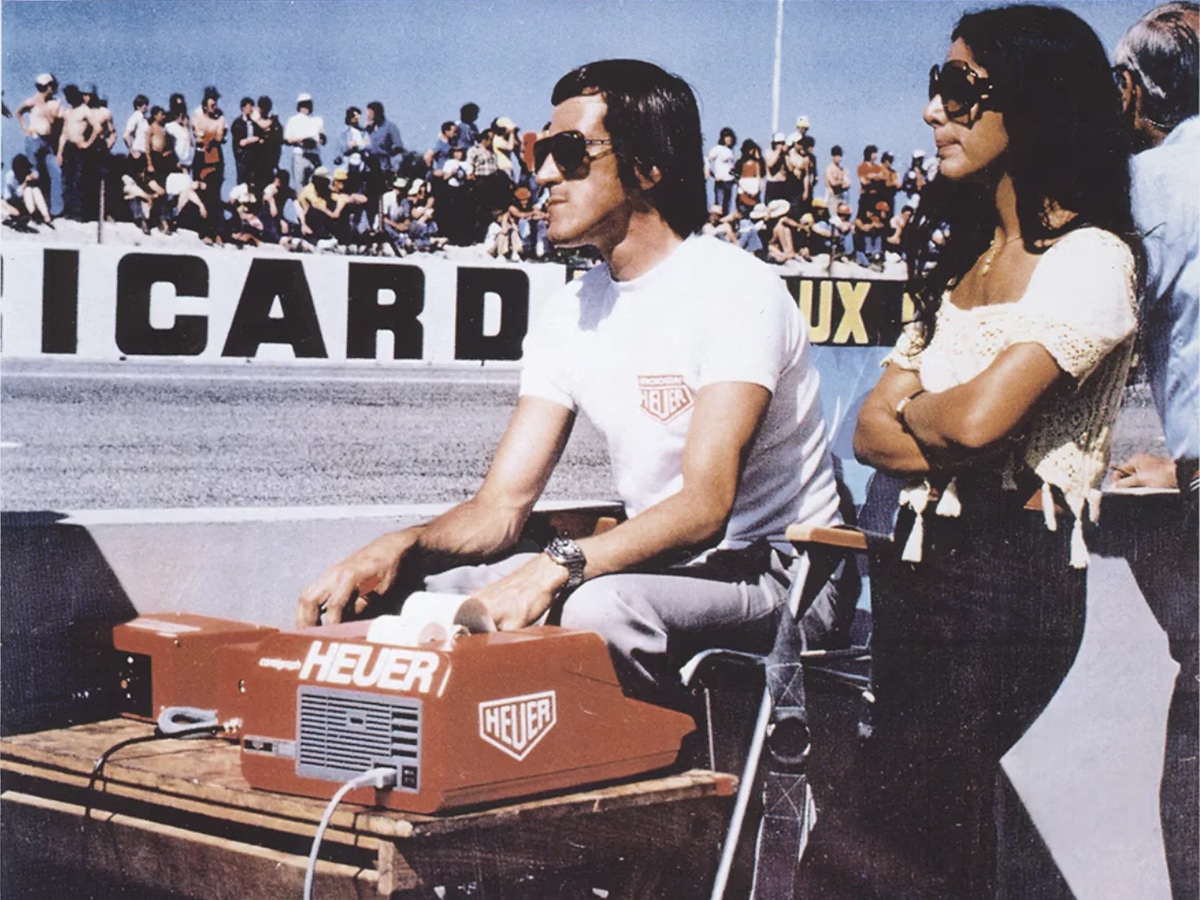
Over the years, they co-developed a number of co-branded timepieces that celebrated McLaren’s racing spirit and technological DNA. Notable models included the TAG Heuer Formula 1 McLaren Special Editions, designed with McLaren’s signature colors and branding; the TAG Heuer Carrera MP4-12C Chronograph, inspired by the McLaren supercar of the same name, featuring carbon fiber dials and tachymeter scales; the Kirium Ti5 McLaren Edition, a limited edition model with a lightweight titanium case; and the SLR Chronograph, developed in homage to the Mercedes-Benz SLR McLaren supercar, fusing automotive design cues with horological craftsmanship.
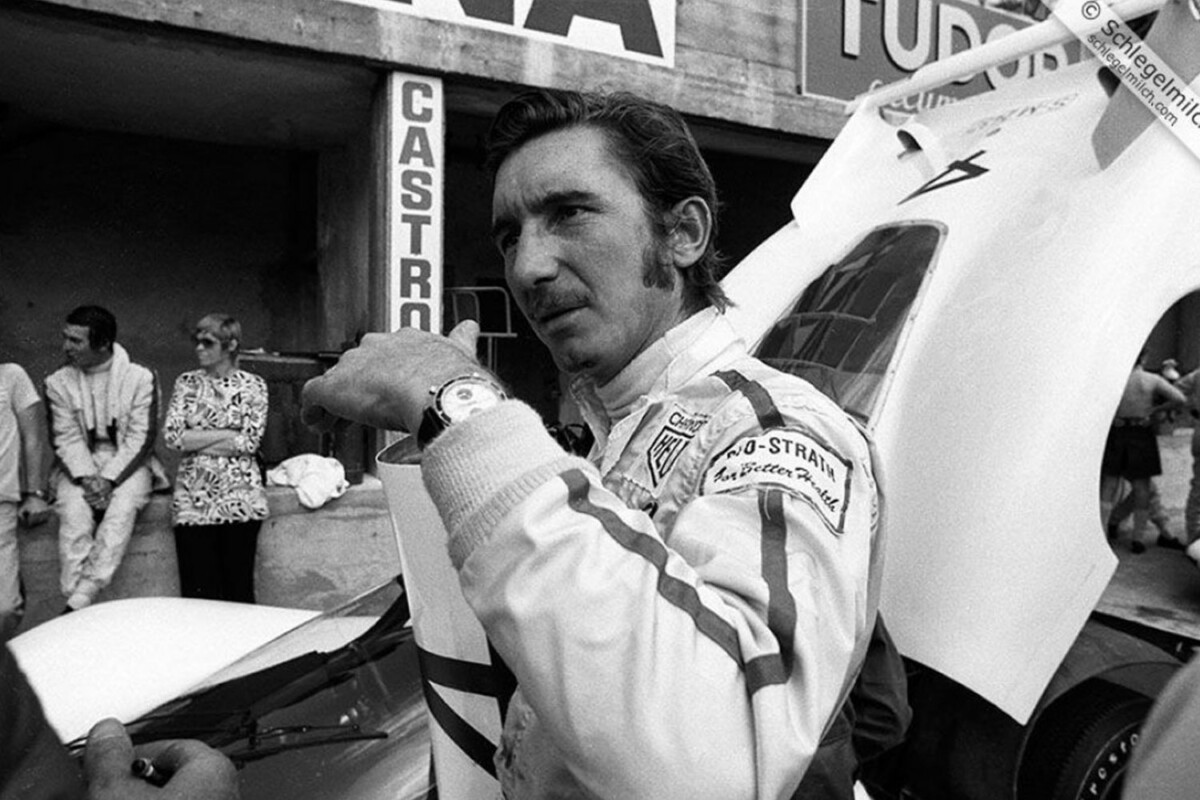
The partnership even involved technical R&D (Research & Development) between the two brands, evolving into something far beyond simple marketing—true co-creation.
In 1986, TAG Heuer launched the now-iconic Formula 1 collection—bold, accessible, and full of color—targeted towards younger fans but still rooted in the speed and adrenaline of the sport. Nearly four decades later, in 2024, TAG Heuer partnered with lifestyle brand Kith to reissue this collection, reviving ten models from that exact 1986 lineup. The revival gave new collectors (and longtime fans) a fresh reason to revisit their love of F1-style timekeeping.
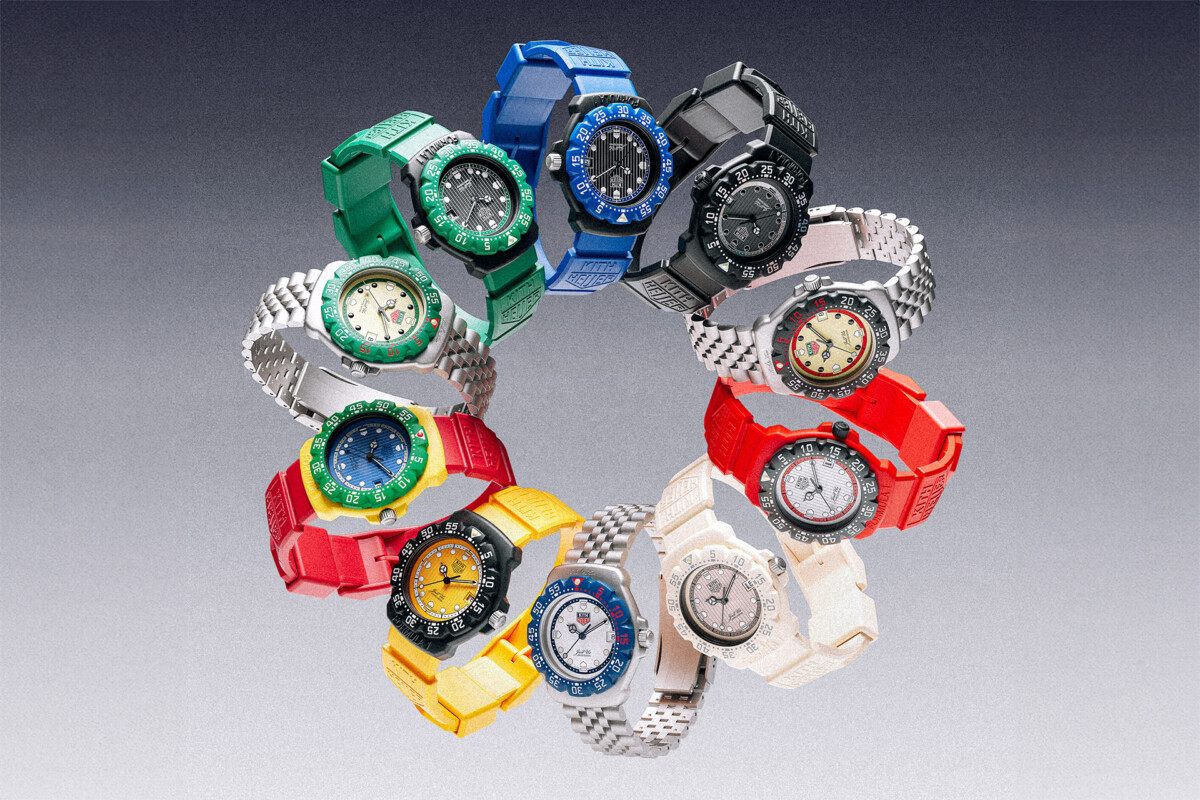

After ending their three-decade partnership with McLaren in 2015, TAG Heuer didn’t exit the track—they switched lanes. In 2016, they became the official partner and timekeeper of what is now the Oracle Red Bull Racing Formula 1 Team. This partnership marked a shift in energy: Red Bull was younger, edgier, and fiercely competitive. TAG Heuer even branded the team’s power units as “TAG Heuer” engines for several seasons—a bold move that amplified visibility and deepened integration.
And let’s be real, watch brands do looove some wristshots. Because that’s where the halo effect kicks in: the driver wins, and the watch wins with them.
The collaboration extended beyond branding into product design, with multiple Red Bull Racing special edition watches that reflect the team’s personality and high-performance ethos. Among them, the TAG Heuer Formula 1 Chronograph x Red Bull Racing Special Edition (CAZ101AL.FT8052) features a blue sunray dial and red-yellow accents, while its sibling, the CAZ101AK.BA0842 pairs a steel case with a tachymeter bezel. The Formula 1 Automatic Chronograph x Oracle Red Bull Racing (CBZ2080.FT8091) with a titanium case and forged carbon bezel. And for the tech-forward crowd, there’s the Connected Calibre E4 Red Bull Racing Edition(SBR8A80.EB0365), a smartwatch. Which may not thrill mechanical purists (Walid included) but it absolutely fits Red Bull’s data-driven, tech-obsessed DNA.
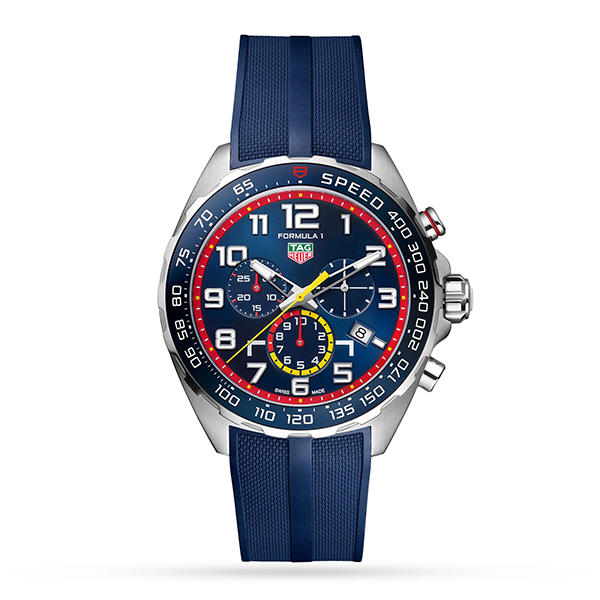
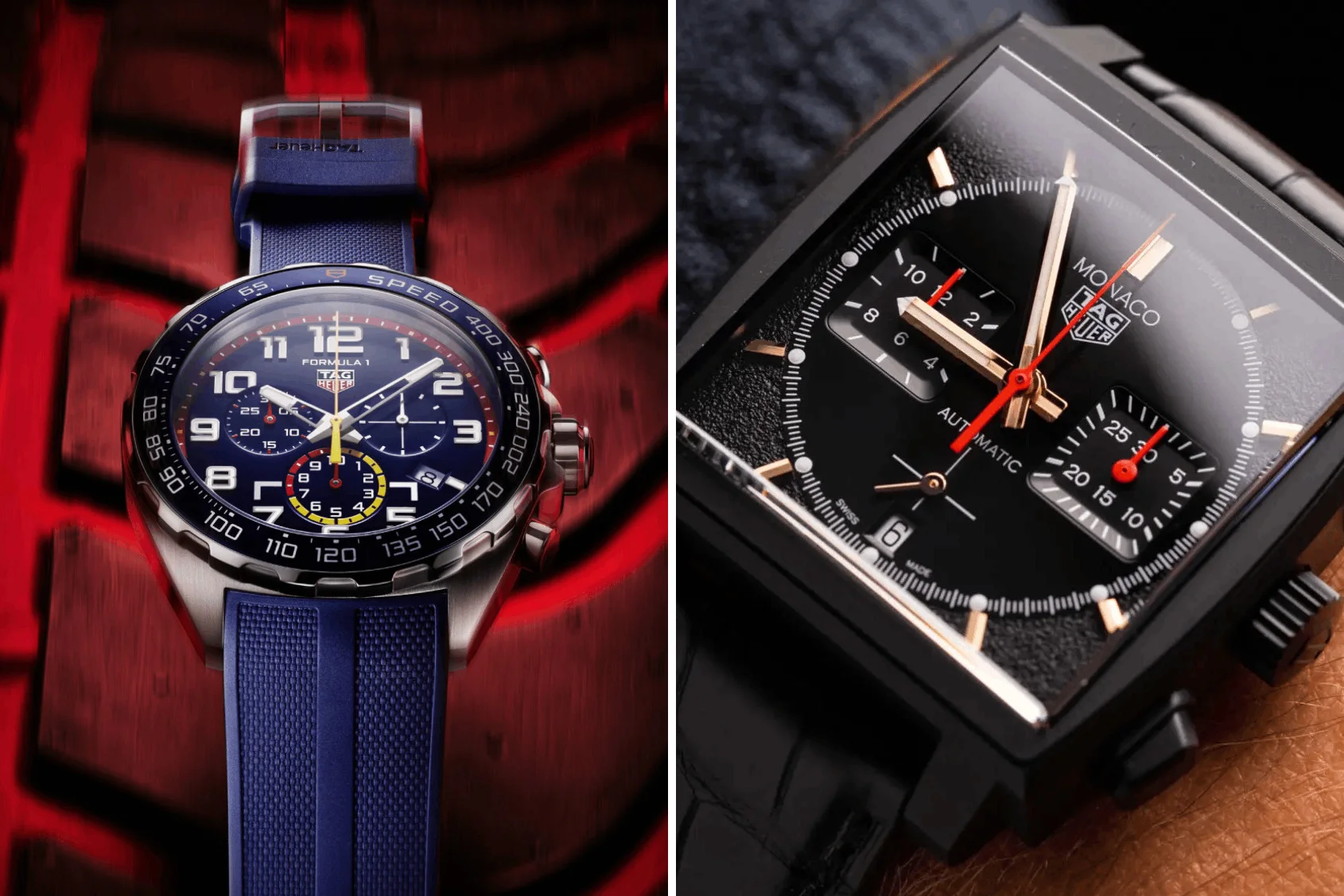
But most of all, let me tell you about one person who was important in TAG’s history with F1: Ayrton Senna. THE ICON. He was chosen to be ambassador because he was the human embodiment of how TAG Heuer wanted to seem: precise, relentless, technical, and wired for greatness. The brand has honored that legacy ever since, through Senna Special Editions that still show up in the Formula 1 and Carrera lines, with the signature “S” logo, bold bezels, and colors that nod to his helmet and Brazilian heritage. I like to believe that it’s not just a nostalgic nod but an act of continuity, of still keeping him on the wrist of the sport ever since.
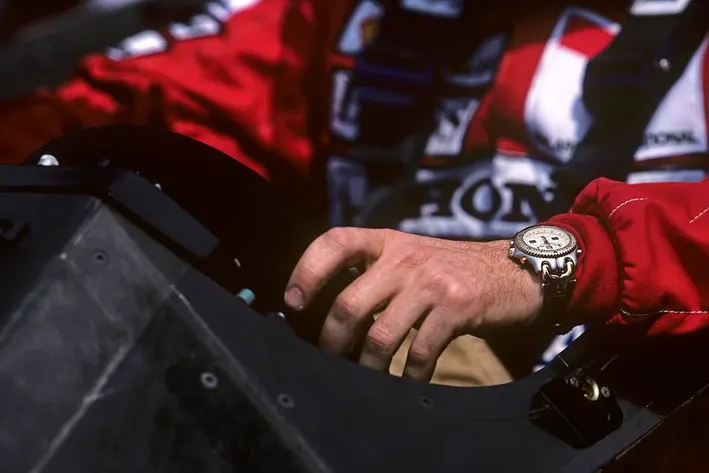

At Watches & Wonders 2025, TAG Heuer didn’t just show up—they leaned all the way into their racing DNA. First up was the Formula 1 Solargraph: a throwback to the brand’s colorful ’80s era, inspired by the same 1986 collection that informed the look of the Kith collab. Even though this release resembles the revival pieces, it’s fundamentally different—it’s forward-facing and now equipped with solar-powered tech, making it far more functional for daily wear. Then came the Monaco Split-Seconds Chronograph F1: a white ceramic watch with a translucent red dial that raised quite a few eyebrows. Both models are loud in every way (right and wrong), proving TAG’s still got it.

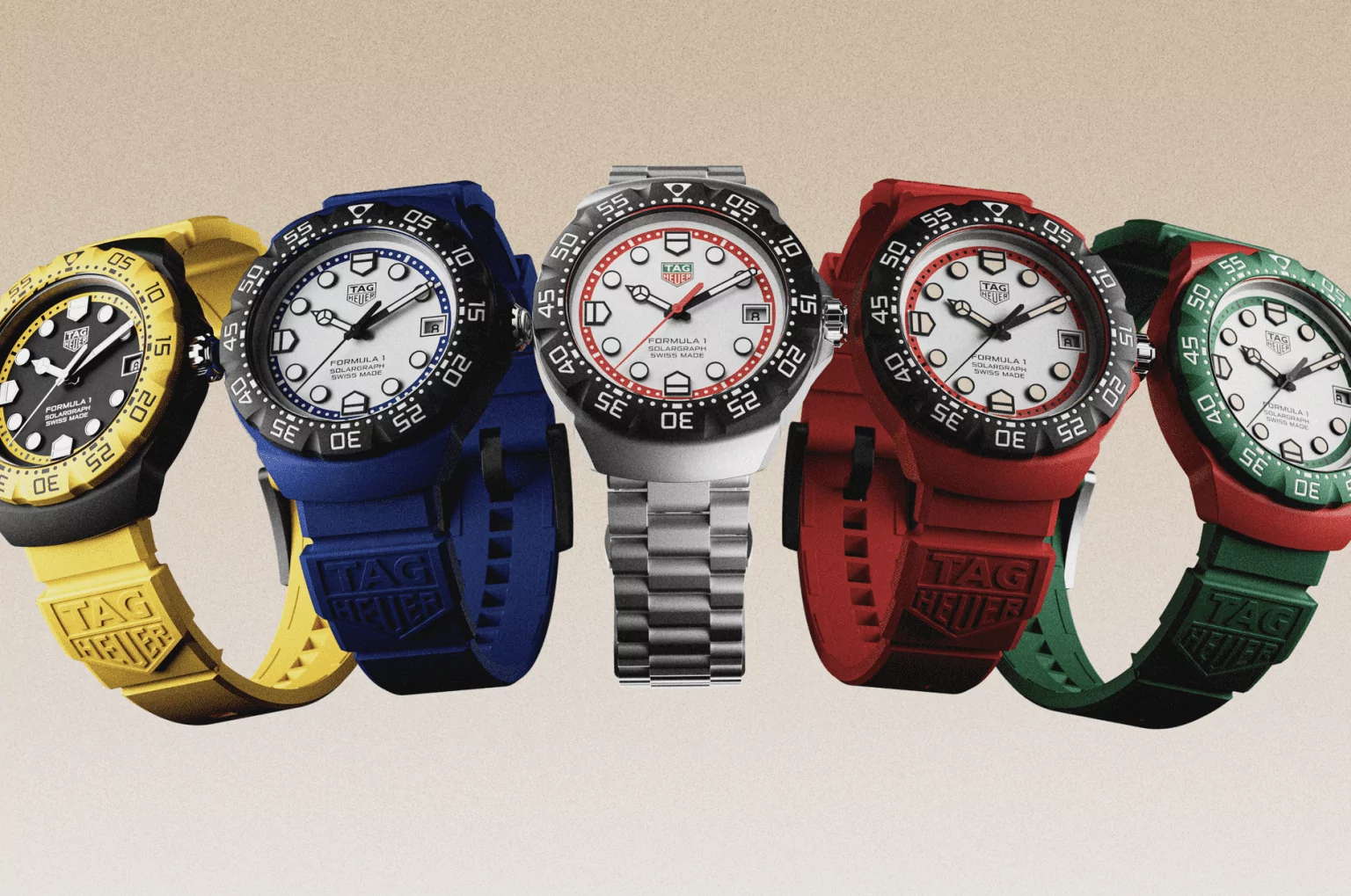
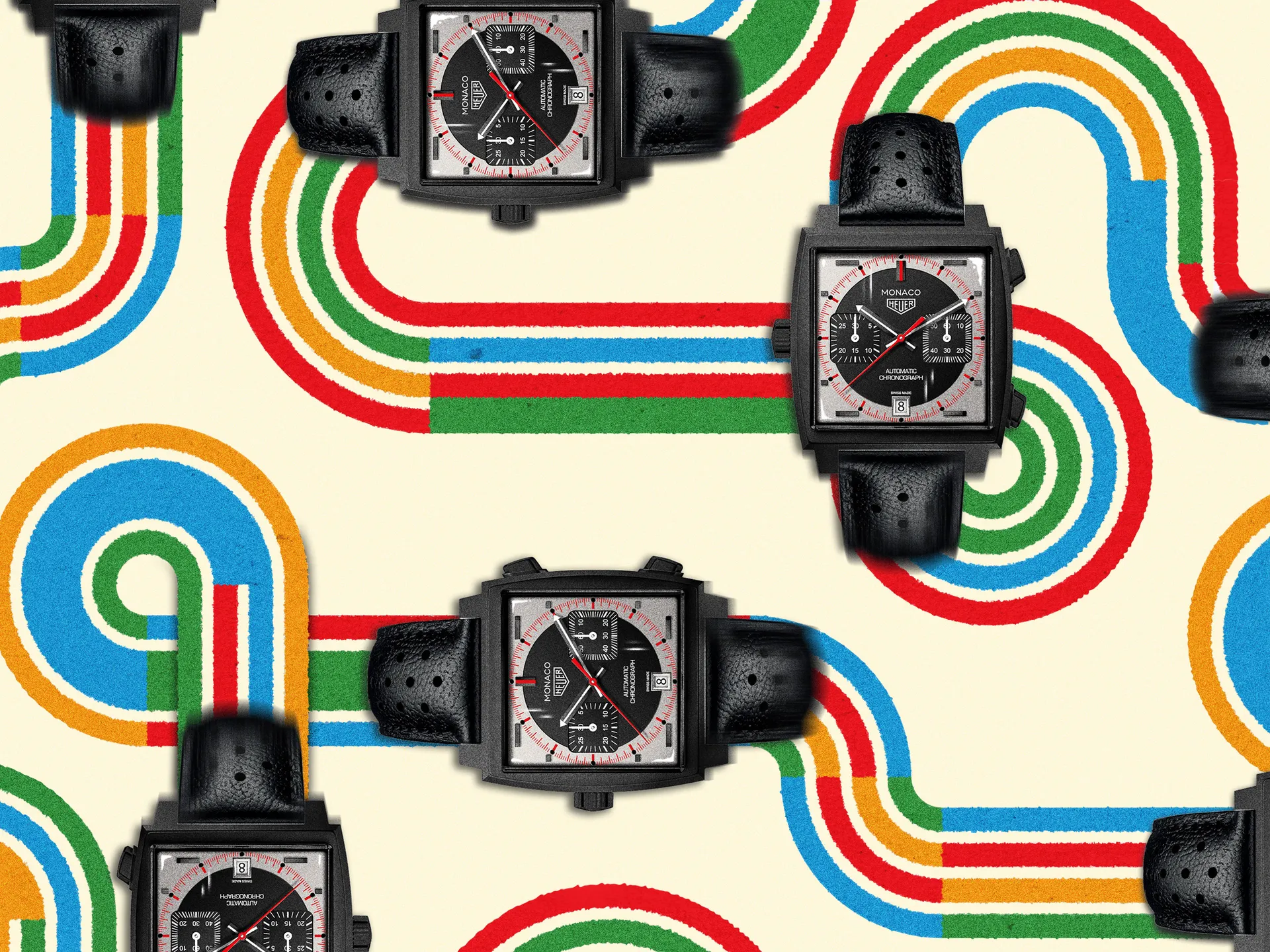
Today in 2025, post 22 years of absence, we’re pleased to see that they reclaimed their previous,rightful, title with a fresh 10-year deal under the LVMH umbrella from their predecessor (or usurper some might argue; but we’ll leave that discretion up to you) Rolex.
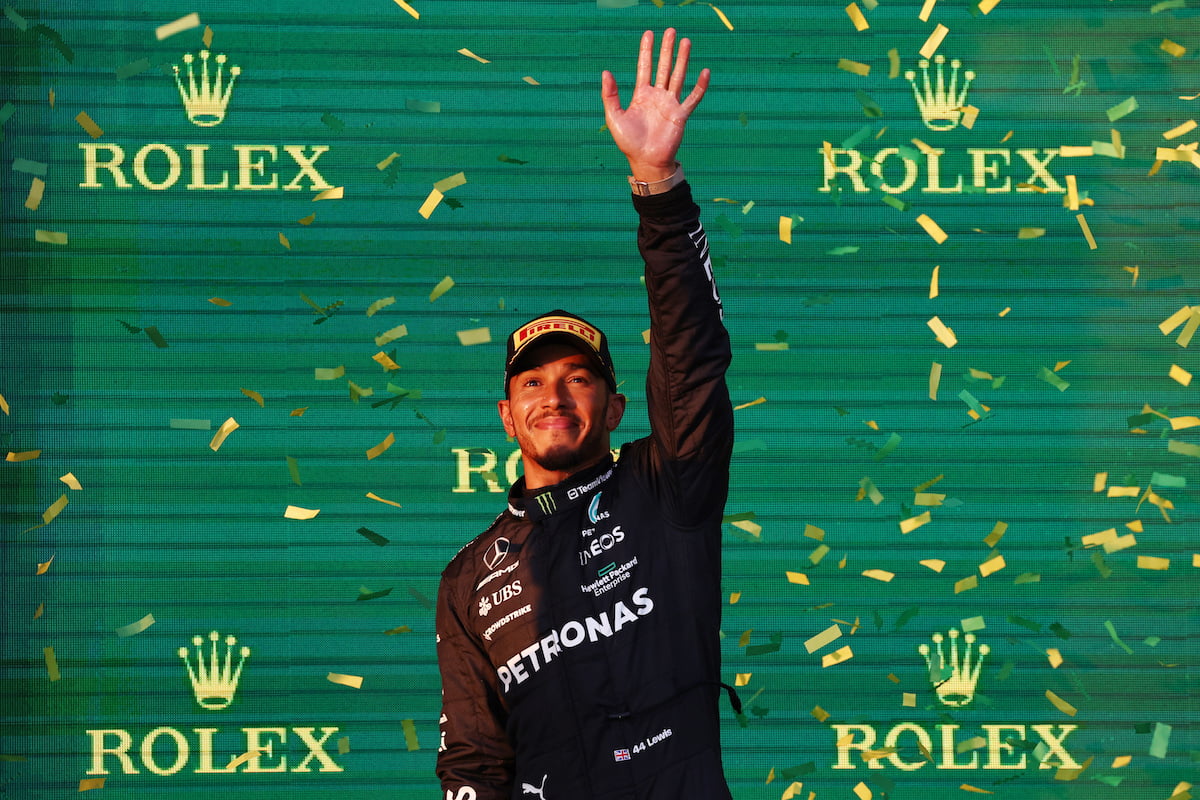
Aside from these two titans—TAG Heuer and Richard Mille—the rest of the F1 grid isn’t watchless . IWC Schaffhausen backs Mercedes-AMG Petronas, Girard-Perregaux partners with Aston Martin, Tudor joins Visa Cash App Racing Bulls (formerly AlphaTauri), and H. Moser & Cie. supports Alpine. But these collaborations mostly trickle through the same golden rule filter: big, bold, aggressive-looking, crammed-dialed watches, dressed in their teams’ liveries.

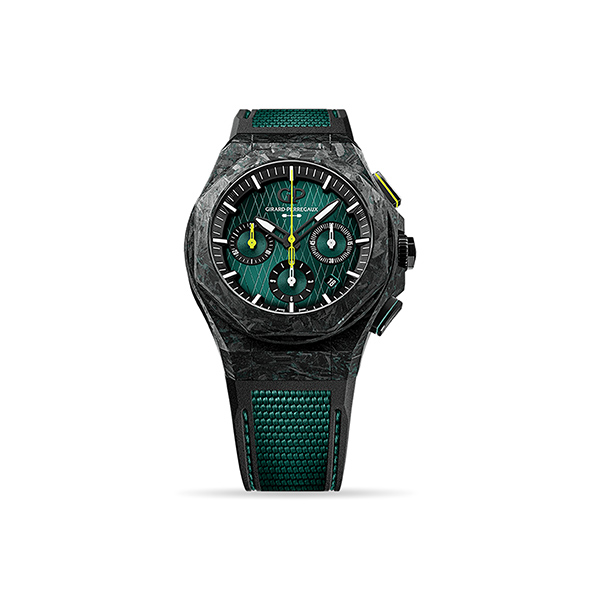
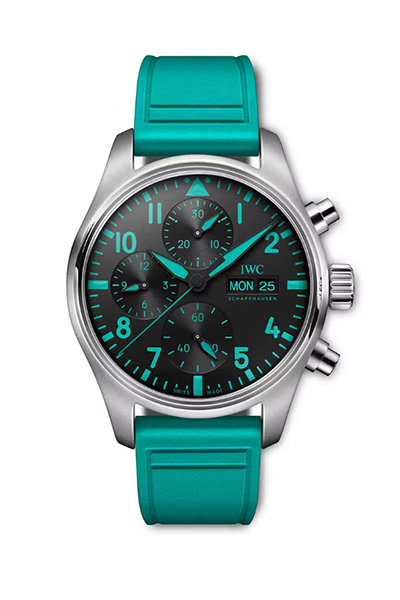
In fine, every sport represents a different medium for watches: F1 is a colosseum, just as tennis is a stage, golf is a clubhouse key, and saddlesports are a monogrammed VIP invite. To be part of the action in the Colosseum arena, a watch can’t just show up—it has to be spec’d up, engineered for adrenaline, and dressed with the right gear or ethos to survive the pace. Only then does it earn its shot under the floodlights, in a moment of global spotlight.
SUBSCRIBE NOW AND NEVER MISS A THING !

